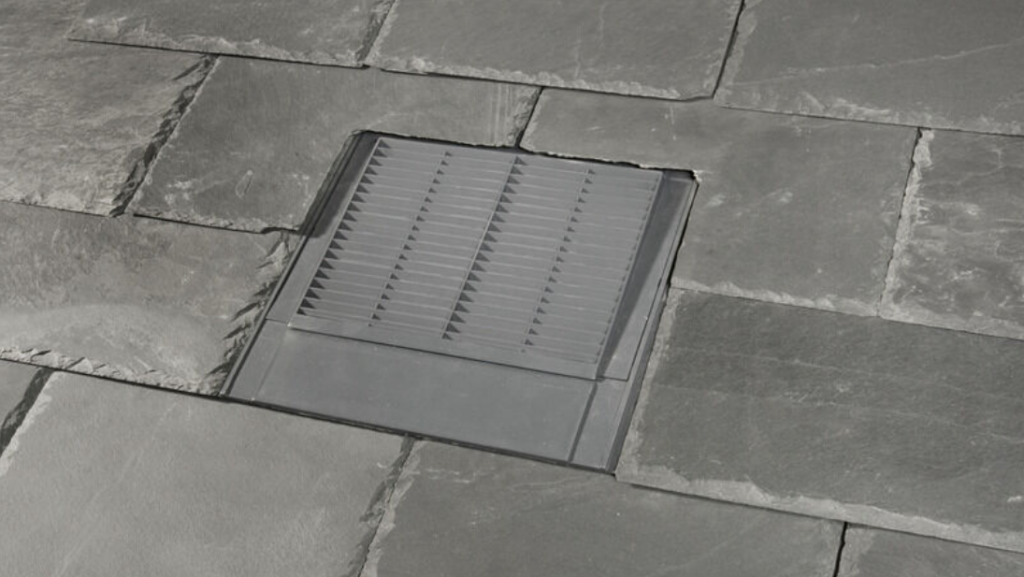
Installing proper roof ventilation not only serves to fulfil basic airflow requirements, it can improve your roof's performance, longevity and even protects your home against notorious structural issues. Although your roof is arguably the most important element of your home, in terms of providing protection from the harsh outdoor elements, it can work against you, unless high quality roof ventilation is properly fitted.
Over time, extreme temperatures or high levels of moisture can damage your roof and even compromise other structural components, leaving homeowners to bear the brunt of expensive repair bills and maintenance work. Furthermore, your energy bills can also skyrocket if you're constantly switching between your air conditioning and central heating systems throughout the year to mitigate the problems caused by a poorly ventilated roof.
Roof vents provide an effective airflow source through your attic, preventing problems caused by low ventilation, such as extreme heat in the summer and moisture build-up in the winter. What you may not know, however, is how roof ventilation products actually work to improve, protect and enhance your roof space and home living.
At Roof Giant, we'll guide you through the roof ventilation process and explore how the various ventilation methods work to give you vitally important and beneficial airflow, keeping your roof and home healthy.
What Are The Different Types Of Roof Ventilation?
High quality roof ventilation requires a flow of air into your attic space by the use of either mechanical or natural ventilation methods.
How Does Roof Ventilation Work?
Roof ventilation consists of carefully placed intake vents and exhaust vents that are installed around your attic and roof structure. Several different types of roof vents can be integrated at key locations to give you the most effective airflow and circulation possible. Intake vents are positioned at the base of the roof, drawing in cold outdoor air and the exhaust vents are positioned at the roof peak to provide an exit point for the warm internal air to escape - both working together to create a continuous recycling of air through your roof system. There should be the same number of intake vents as there are exhaust vents to ensure you get reliable and consistent airflow in and out of your roof.
Our Manthorpe Soffit Ventilation Strips provide 25,000mm²/m airflow into your roof through your existing soffit board while blocking out large insects.

In our Roof Tile Vents & Extraction range, you'll find a range of exhaust vents, such as this Manthorpe Plain Tile Roof Vent. It provides a simple solution to the problems of roof space ventilation and mechanical extraction, featuring an outlet that feeds directly into roof space.

If you want to know more about why it's important to ventilate your roof, how many roof vents you need and more, read Roof Giant's Roof Ventilation Guide.
What Are The Tell-Tale Signs That You Need To Install Roof Ventilation?
In the late autumn and winter months, from November to February, you may notice visual evidence of condensation on the interior roof surface, which indicates that moisture is struggling to escape and that your roof needs to be adequately ventilated. Also look out for damp patches on the inside of your roof and a phenomenon known as roof sweating. If attic items are becoming mouldy or musty, then this is also a warning sign of poor ventilation.
In the summer months, extreme temperatures and potent attic odours could be evidence of a poorly ventilated roof.